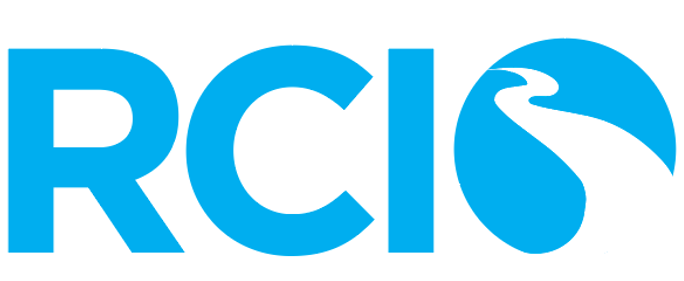Publisher
University of Tennessee at Chattanooga
Place of Publication
Chattanooga (Tenn.)
Abstract
Between 25% and 75% of working Americans report experiencing hazing at some point in their careers (Thomas et al., 2021). This wide range is partly due to underreporting, often driven by fears of retaliation, termination, or stalled career progression (Thomas et al., 2021; Tolfer et al., 2016). Despite its frequency, research has historically focused on non-workplace contexts, leaving a critical gap in understanding its organizational impact.Although definitions of hazing vary across disciplines, four consistent characteristics emerge: it is temporary, unidirectional, coercive, and coalitional (Thomas et al., 2021). These elements form the conceptual foundation for this study. In this study hazing is defined as the short term socialization process in which new employees within an organization are faced with high induction costs that are unrelated to their new roles and act as a barrier to their recognition as a legitimate organizational member (Mawritz et al, 2020; Cimino et al., 2019; and Cimino, 2011) To address this gap, this study investigates workplace hazing through the Job Demands-Resources (JD-R) model, positioning hazing as a unique organizational stressor. We hypothesize that hazing exposure will significantly predict psychological strain. Additionally, we hypothesize that employee personal resources and individual characteristics will moderate this relationship, weakening the link between hazing and strain. A cross-sectional survey design will be used to examine this relationship. Participants will be recruited via Prolific, with inclusion criteria requiring individuals to be over 18 and employed full-time. The Job Demands-Resources (JD-R) model (Demerouti et al., 2001) will guide the theoretical framework, and the Workplace Hazing Scale (WHS) (Mawritz et al., 2020) will be used to measure hazing experiences. Understanding workplace hazing is a critical step toward identifying its harmful effects on employees, informing organizational strategies to reduce its occurrence, and exploring its long-term implications for both individuals and institutions. These findings will contribute to the research by clarifying how personal resources buffer the stressor-strain relationship of hazing and employee psychological well being. These findings will allow for future research that investigates organizational interventions and the effectiveness in mitigating potential negative effects of hazing.
Subject
Industrial and organizational psychology
Document Type
posters
Language
English
Rights
http://rightsstatements.org/vocab/InC/1.0/
License
http://creativecommons.org/licenses/by/4.0/
Included in
The Silent Strain: Workplace Hazing as a Hidden Organizational Stressor.
Between 25% and 75% of working Americans report experiencing hazing at some point in their careers (Thomas et al., 2021). This wide range is partly due to underreporting, often driven by fears of retaliation, termination, or stalled career progression (Thomas et al., 2021; Tolfer et al., 2016). Despite its frequency, research has historically focused on non-workplace contexts, leaving a critical gap in understanding its organizational impact.Although definitions of hazing vary across disciplines, four consistent characteristics emerge: it is temporary, unidirectional, coercive, and coalitional (Thomas et al., 2021). These elements form the conceptual foundation for this study. In this study hazing is defined as the short term socialization process in which new employees within an organization are faced with high induction costs that are unrelated to their new roles and act as a barrier to their recognition as a legitimate organizational member (Mawritz et al, 2020; Cimino et al., 2019; and Cimino, 2011) To address this gap, this study investigates workplace hazing through the Job Demands-Resources (JD-R) model, positioning hazing as a unique organizational stressor. We hypothesize that hazing exposure will significantly predict psychological strain. Additionally, we hypothesize that employee personal resources and individual characteristics will moderate this relationship, weakening the link between hazing and strain. A cross-sectional survey design will be used to examine this relationship. Participants will be recruited via Prolific, with inclusion criteria requiring individuals to be over 18 and employed full-time. The Job Demands-Resources (JD-R) model (Demerouti et al., 2001) will guide the theoretical framework, and the Workplace Hazing Scale (WHS) (Mawritz et al., 2020) will be used to measure hazing experiences. Understanding workplace hazing is a critical step toward identifying its harmful effects on employees, informing organizational strategies to reduce its occurrence, and exploring its long-term implications for both individuals and institutions. These findings will contribute to the research by clarifying how personal resources buffer the stressor-strain relationship of hazing and employee psychological well being. These findings will allow for future research that investigates organizational interventions and the effectiveness in mitigating potential negative effects of hazing.

Department
University of Tennessee at Chattanooga. Dept. of Psychology